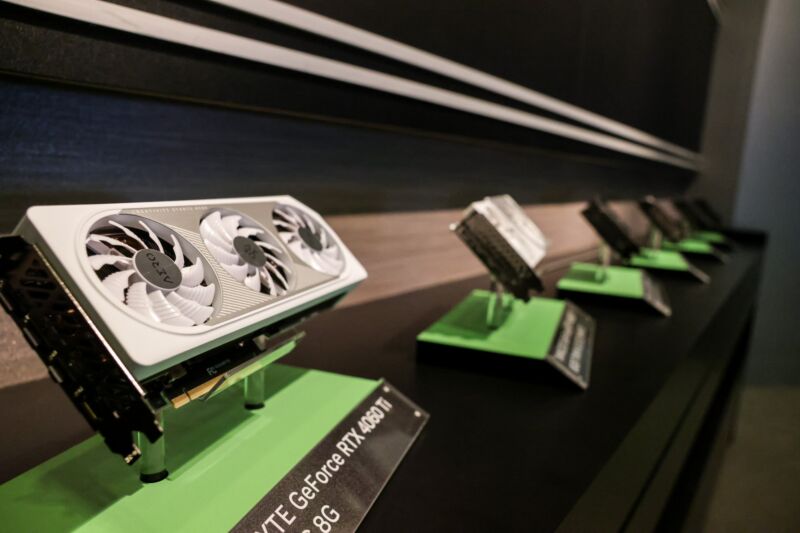
You have to read the headline on Nvidia’s latest GPU announcement slowly, parsing each clause as it arrives.
“Nvidia transitions fully” sounds like real commitment, a burn-the-boats call. “Towards open-source GPU,” yes, evoking the company’s “first step” announcement a little over two years ago, so this must be progress, right? But, back up a word here, then finish: “GPU kernel modules.”
So, Nvidia has “achieved equivalent or better application performance with our open-source GPU kernel modules,” and added some new capabilities to them. And now most of Nvidia’s modern GPUs will default to using open source GPU kernel modules, starting with driver release R560, with dual GPL and MIT licensing. But Nvidia has moved most of its proprietary functions into a proprietary, closed-source firmware blob. The parts of Nvidia’s GPUs that interact with the broader Linux system are open, but the user-space drivers and firmware are none of your or the OSS community’s business.
Is it better than what existed before? Certainly. AMD and Intel have maintained open source GPU drivers, in both the kernel and user space, for years, though also with proprietary firmware. This brings Nvidia a bit closer to the Linux community and allows for community debugging and contribution. There’s no indication that Nvidia aims to go further with its open source moves, however, and its modules remain outside the main kernel, packaged up for users to install themselves.
Not all GPUs will be able to use the open source drivers: a number of chips from the Maxwell, Pascal, and Volta lines; GPUs from the Turing, Ampere, Ada Lovelace, and Hopper architectures are recommended to switch to the open bits; and Grace Hopper and Blackwell units must do so.
As noted by Hector Martin, a developer on the Asahi Linux distribution, at the time of the first announcement, this shift makes it easier to sandbox closed-source code while using Nvidia hardware. But the net amount of closed-off code is about the same as before.
Nvidia’s blog post has details on how to integrate its open kernel modules onto various systems, including CUDA setups.
